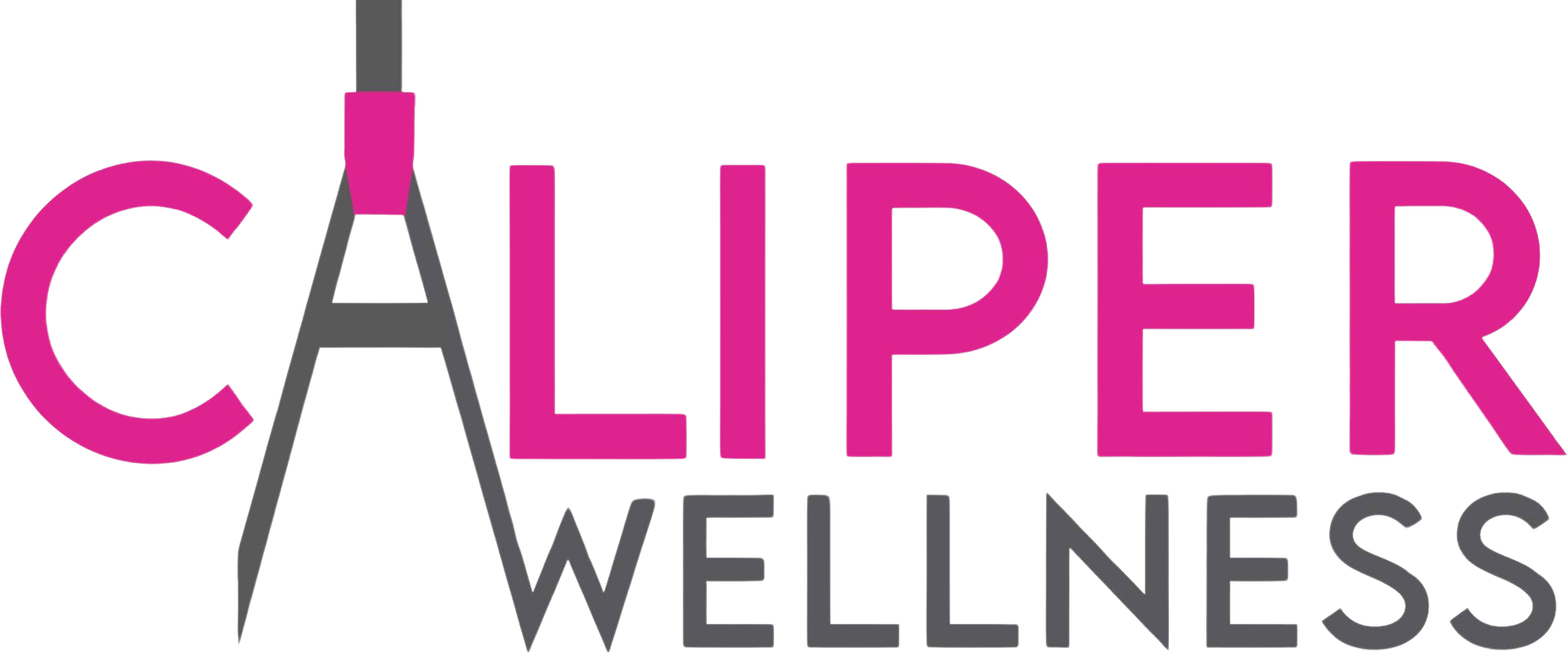More than 50 percent of Americans are diagnosed with a mental disorder at some point in their life.
While identifying depression or anxiety helps alleviate one issue, the diagnosis might not go far enough to uncover an underlying physical reason. Intertwined ailments can get tricky to spot when your health provider isn’t taking an integrated approach. But chronic physical conditions increase the risk of mental disorders and vice versa.
It’s important to understand how the mental and physical affect each other to ensure proper treatment for your full health picture. Here are a few of the challenges to making that happen.
Identifying Intertwined Ailments
Co-existing problems often fall in the chicken-or-egg category, which makes the diagnosis of both issues a little harder. Often, a doctor focuses on the physical, while a therapist treats the mental. It can be challenging to find a provider who takes time to consider both and the relationship between them before starting a treatment plan.
Intertwined ailments can leave you in a Catch-22 situation, where the mental disorder makes it more likely you’ll have a physical issue. For example, most people with mental health conditions also have sleeping problems, which can in turn make the mental issue worse.
Similarly, depression increases your risk for physical issues like diabetes and cardiovascular disease, while those medical conditions put you at higher risk for depression. The mental issue leads to physiological changes like abnormal levels of stress hormones and metabolic changes. Likewise, changes to hormone levels as we age make us more prone to anxiety and depression.
In either case, it’s important to check for potential physical issues when developing a treatment plan for mental ones.
Skeptical Stance
One big challenge to treating co-existing issues is that not everyone accepts the interconnection. Our current health systems aren’t well equipped to make those connections. Traditional doctors and mental health providers tend to stay in their lanes and treat what they know.
That means you often end up being treated for one concern while letting a connected one fester. It’s easy to discount how you feel mentally when talking to your doctor because they often don’t ask. If you don’t get asked, you don’t bring it up, and your doctor can’t link the two.
It can seem counterintuitive to treat a mental issue by first treating a physical one, but there is a lot of evidence that it can be the right path to take. Many symptoms like depression and fatigue that keep you from feeling like yourself start with underlying physical changes, requiring a more integrated approach.
Covering Costs
Health insurance can be a wonderful thing, but convincing the bean counters to pay for certain aspects of treatment brings another challenge to dealing with intertwined issues.
Uncovering and managing physical issues like hormone imbalances requires multiple rounds of testing. Once you identify an issue, some treatments aren’t considered medically necessary.
Add to that the medications you might need to manage depression or anxiety, and affordability can become an issue. When there are intertwined issues, you can also spend a lot of time and money going back and forth between a doctor and therapist trying to resolve them.
Want to Find the Source of the Problem?
Every year, more evidence is uncovered to connect mental and physical issues. Underlying physical changes as we age can lead to depression or anxiety, and making the connection between the two is critical for treating the source rather than just symptoms.
Ready to invest in treating your entire self? Contact us to get started on an affordable plan to improve your mental and physical health.



